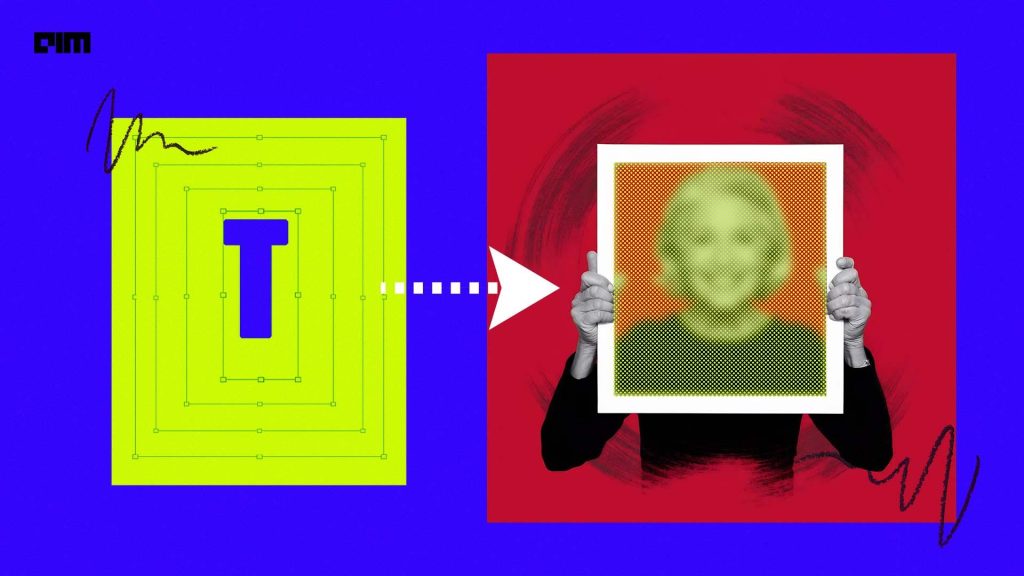What Is MOQ and How Does It Impact Your BOM?

In the intricate dance of production and supply chain management, two acronyms often take center stage: MOQ and BOM. These are not just industry buzzwords; they are pivotal elements that can significantly influence the success and efficiency of your manufacturing processes. Understanding Minimum Order Quantity (MOQ) and its relationship with your Bill of Materials (BOM) can unlock the potential for cost savings, optimized inventory, and streamlined operations.
Imagine you’re crafting the next big consumer gadget. You’ve perfected the design, and demand is soaring. Yet, as you look to source components, you encounter the perplexing world of supplier terms and conditions. MOQ is one of those terms. It’s the smallest quantity of a product that a supplier is willing to sell at a given time. Simple in concept, yet its effects ripple through your BOM, impacting everything from cost calculations to production timelines.
The relationship between MOQ and BOM is a symbiotic one, where the constraints of one directly influence the strategies of the other. If not well understood, MOQ can lead to overstock, elevated costs, and even production delays. However, when navigated wisely, it becomes a critical lever to enhance your bottom line and maintain competitive advantage.
Join us as we delve into the nuances of MOQ and explore its profound impact on your BOM, uncovering strategies to master these elements for optimal production efficiency.
Table of Contents
- Understanding MOQ: The Essentials for Supply Chain Success
- Decoding the Relationship Between MOQ and BOM
- Strategies to Align Your MOQ with Production Goals
- Practical Tips for Navigating MOQ Challenges in Your BOM
- Q&A
- Wrapping Up

Understanding MOQ: The Essentials for Supply Chain Success
The concept of Minimum Order Quantity (MOQ) is pivotal in the supply chain realm. It defines the smallest number of units a supplier is willing to sell. Central to efficient operations, MOQ directly influences production costs and time-to-market strategies. For businesses striving for agility and cost-effectiveness, understanding MOQ intricacies is crucial. Beyond mere numbers, it dictates inventory levels and impacts cash flow, which in turn affects overall business health. Brands like “Acme Corp” and “Innovatech” often tailor their MOQ strategies to align with market demand, ensuring a seamless supply chain experience.
- Cost Implications: Opting for a higher MOQ can sometimes lead to lower per-unit costs, but it requires more capital investment upfront. Balancing these factors is crucial for maintaining profitability.
- Inventory Management: Carrying larger inventories to meet MOQ can lead to increased storage costs. Companies must evaluate their warehousing capabilities to avoid overstocking.
- BOM Integration: The Bill of Materials (BOM) intricately connects with MOQ, influencing production schedules and resource allocation.
| Brand | MOQ Policy | Impact on BOM |
|---|---|---|
| NextGen Goods | Flexibly Adjusted | Allows dynamic BOM adaptation |
| Pioneer Supply Co. | Fixed Annual Contracts | Streamlines material sourcing for BOM |
Aligning MOQ with supply chain strategies requires a comprehensive approach. Partnership with reliable suppliers plays a critical role in this equation, fostering mutual growth and risk management. Businesses like “SupplyMax” and “LogistiServe” often reassess and adjust their MOQ dynamics to resonate with ever-evolving market trends. Evaluating suppliers’ reliability, flexibility, and the implications of their MOQ policies helps ensure that companies remain competitive while also mitigating risks in the production cycle. This synergy between MOQ, suppliers, and BOM ultimately creates a well-oiled supply chain machine.
Decoding the Relationship Between MOQ and BOM
Strategies to Align Your MOQ with Production Goals
Practical Tips for Navigating MOQ Challenges in Your BOM
Q&A
Q&A: Understanding MOQ and Its Impact on Your BOM
Q1: What exactly is MOQ?
A1: MOQ stands for Minimum Order Quantity. It’s the smallest amount of a product that a supplier is willing to sell. Imagine needing 100 units of a component, but your supplier’s MOQ is 200. You’ll have to order those 200 units to proceed.
Q2: How does MOQ influence a Bill of Materials (BOM)?
A2: MOQ directly impacts your BOM by affecting purchasing decisions, inventory levels, and overall costs. It determines how many components you need to buy at once, which can lead to excess stock if the requirements exceed immediate needs.
Q3: Why do suppliers set MOQs?
A3: Suppliers establish MOQs to ensure that production and delivery costs are covered. It helps them maintain profitability and manage production efficiently. MOQs can also be a way to simplify operations by reducing the number of small, less profitable orders.
Q4: What are the challenges of dealing with high MOQs?
A4: High MOQs can lead to increased inventory costs, storage challenges, and cash flow issues. If your project requires fewer components, you might end up with unused stock, which ties up resources and space.
Q5: How can companies negotiate better MOQs?
A5: Companies can negotiate better MOQs by building strong relationships with suppliers, assessing market alternatives, and leveraging bulk buys across multiple projects. Establishing a track record of reliable purchases can also persuade suppliers to be more flexible.
Q6: Are there ways to manage the impact of high MOQs on a BOM?
A6: Yes, companies can manage high MOQs by forecasting demand accurately, optimizing inventory management, and exploring shared purchasing agreements with other businesses. Partnering with suppliers for tailored solutions can also help alleviate issues.
Q7: Can technology help manage MOQs effectively?
A7: Absolutely! Technologies like inventory management software can optimize stock levels and predict future needs. Data analysis tools provide insights into buying patterns and help strategize purchases in line with MOQs.
Q8: What is the long-term effect of MOQs on product design and development?
A8: In the long term, MOQs can influence design choices to align with available components and cost considerations. Design teams might opt for components with feasible MOQs to reduce excess inventory and streamline production costs.
Q9: How should startups approach MOQs when launching new products?
A9: Startups should carefully evaluate supplier terms, negotiate flexible MOQs, and consider alternative suppliers if needed. Emphasizing clear communication and fostering relationships with suppliers can lead to more favorable terms.
Q10: What key takeaways should businesses keep in mind about MOQs and BOM?
A10: Businesses should understand that MOQs are a critical component of supply chain strategy. Balancing cost efficiency, supplier relationships, and inventory management is key to navigating the complexities of MOQs while optimizing the BOM effectively.
Wrapping Up
As we wrap up our exploration of MOQ and its impact on your BOM, it’s clear that understanding these concepts isn’t just a numbers game-it’s a strategic dance that shapes your business’s rhythm. Navigating the balance between cost, efficiency, and supplier relationships can transform your production process and elevate your brand’s potential.
Whether you’re a seasoned professional or just stepping into the realm of manufacturing, mastering the art of MOQ will empower you to make informed decisions, optimize your resources, and ultimately drive your success. So, as you chart the course for your next big project, remember: every detail matters, and every choice resonates throughout your BOM. Here’s to creating, innovating, and thriving in the dynamic world of manufacturing.

